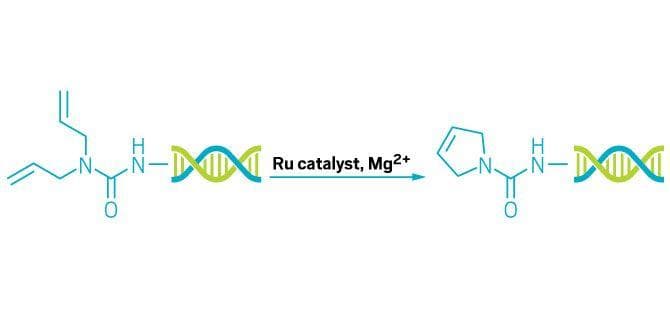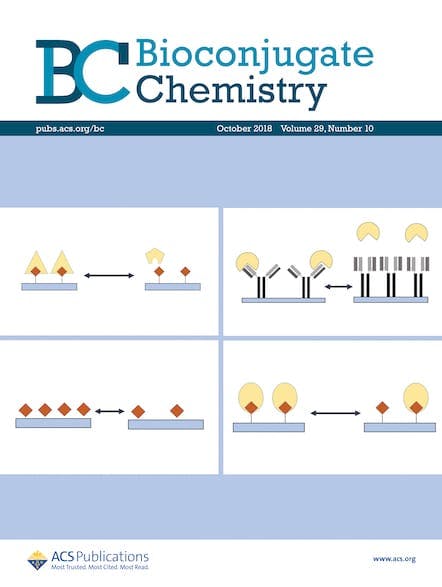A simple tweak to a tool for making macrocyclic compounds could help increase the diversity of DNA-encoded libraries used by drug developers to rapidly screen and identify promising drug candidates. Building such libraries involves attaching short, unique DNA sequences to small molecules and then reacting those DNA-tagged building blocks together to create myriad products, which […]

A simple tweak to a tool for making macrocyclic compounds could help increase the diversity of DNA-encoded libraries used by drug developers to rapidly screen and identify promising drug candidates.
Building such libraries involves attaching short, unique DNA sequences to small molecules and then reacting those DNA-tagged building blocks together to create myriad products, which are tagged with additional unique DNA sequences. The chain of DNA markers serves as a sort of bar code to identify the compounds in a library that successfully bind to a particular drug target and to trace their synthesis history. However, these libraries generally have not been able to include ring compounds in the drug screening because transition-metal catalysts essential for ring-closing reactions are incompatible with DNA. These catalysts are central to many important organic transformations such as olefin metathesis, but they can bind to charged DNA backbones and cause the strands to fall apart.
A team led by Xiaojie Lu and Lijun Fan at GlaxoSmithKline has found that by protecting the DNA tags with magnesium ions, they can produce a variety of DNA-encoded heterocycles and macrocycles using ruthenium-catalyzed ring-closing metathesis. The team hypothesizes that because the magnesium ions occupy all the DNA’s binding sites, the ruthenium catalyst is forced to react with the substrates instead of the DNA. Preliminary tests to perform cross-metathesis reactions between two DNA-tagged primary alkenes to produce a secondary alkene were also successful.
This article is reproduced with permission from C&EN (© American Chemical Society). The article was first published on July 6, 2017.
